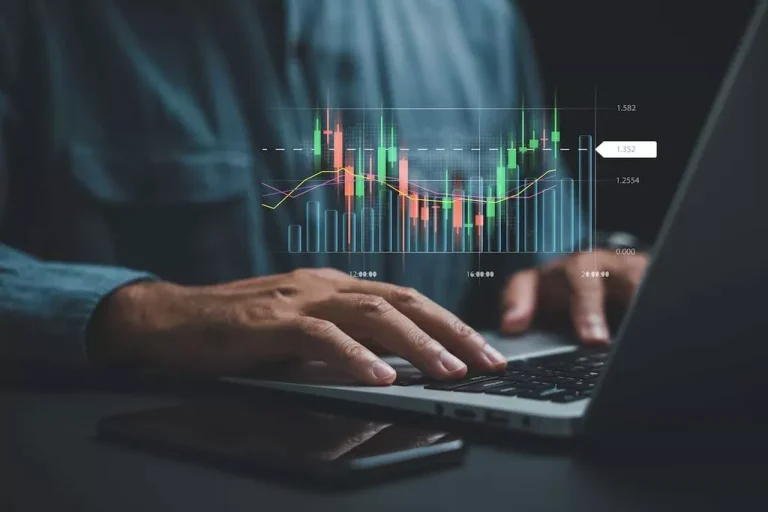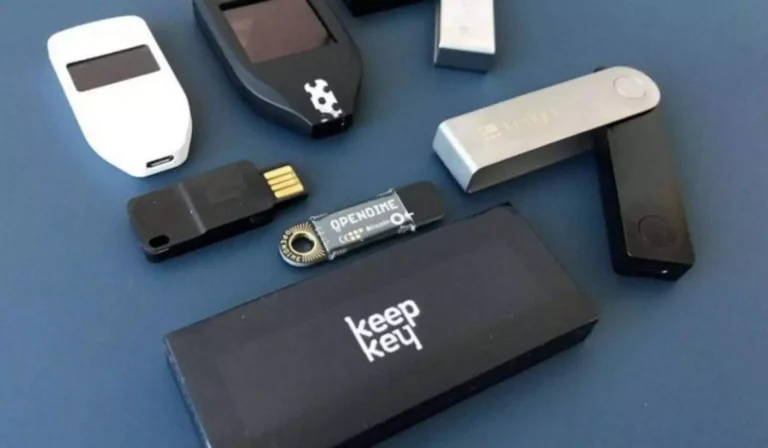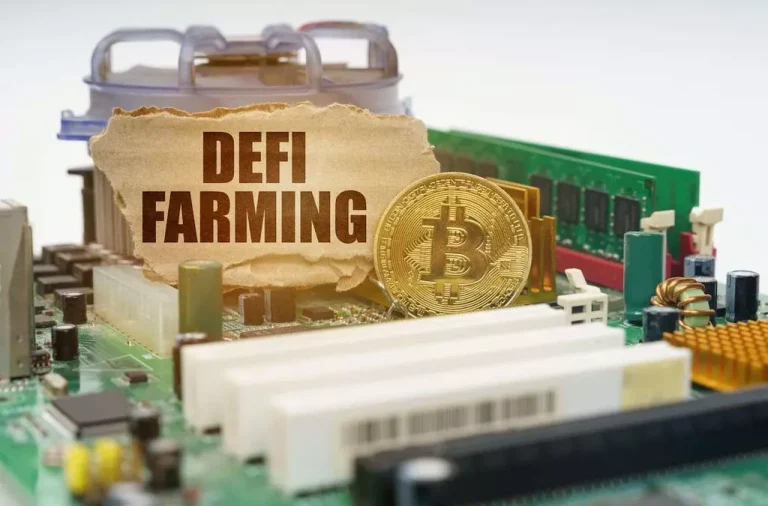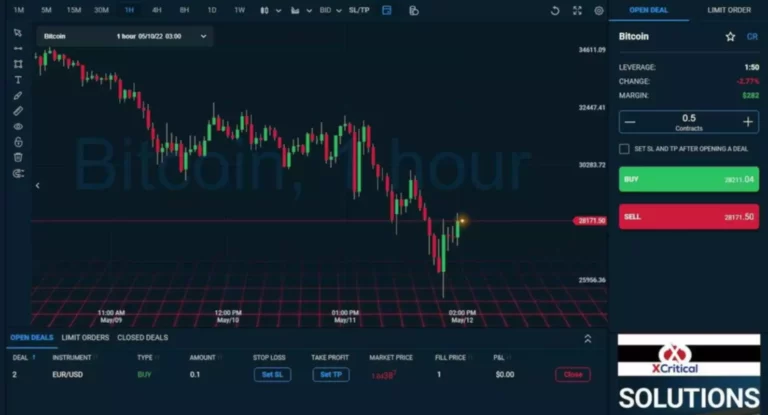Some projects’ communities have interaction in large scale token burns, which drives publicity, subsequently elevating consciousness of the cryptocurrency, increasing demand and raising the token value. This can be significantly useful for buyers who maintain a big quantity of cryptocurrency, especially if they are a excessive profile member of the community. Cryptocurrency burning is the process in which tokens (also known as coins) are removed from circulation, reducing the number of coins available. The tokens are sent to a wallet address that can not be used for transactions other than receiving the coins. The tokens can not be used as a result of the non-public keys to the cash are saved in an inaccessible pockets. Crypto burning is a process where cryptocurrency tokens are deliberately and permanently faraway from circulation.
- Some projects’ communities interact in massive scale token burns, which drives publicity, subsequently raising consciousness of the cryptocurrency, growing demand and raising the token price.
- Moreover, the act of burning can be perceived as a constructive signal by the market.
- This could be difficult to attain, especially for projects with a limited supply and people without a large supply of tokens, or an lively community to drive publicity.
- Coin burning is often utilized by crypto tasks to spice up market value and enchantment to more buyers.
- When crypto burning is embedded as a half of an algorithm’s verification system, transactions are mechanically verified.
It was created as a meme token and modeled after Dogecoin (DOGE), created as a joke based on a preferred web meme. SHIB’s rise in popularity is primarily as a end result of its vibrant on-line group and the help of several high-profile people. Originally, there were one quadrillion SHIB tokens, which were all minted at the identical time.
Why Do Crypto Initiatives Burn Tokens?
Of these, 50% have been locked in Uniswap for liquidity purposes, and the remaining 50% despatched to Ethereum creator Vitalik Buterin’s public wallet. Buterin burned 90% of the SHIB tokens sent to his wallet, and donated the rest to the India Covid aid efforts. Tokens are burned by sending them to a pockets address that can not be accessed. Proof-of-burn (PoB) is among the a quantity of consensus mechanisms blockchains use to make sure that all taking part nodes comply with the true and legitimate state of the blockchain network.
The concept is that by lowering the supply, the value of the remaining tokens might improve, benefiting all holders not directly. In essence, token burning can function a strategic transfer, not simply in terms of economics but additionally by means of public relations and trust-building. For traders and stakeholders, it is a reassuring signal, indicating that the project is right here to stay and is taking lively steps to ensure its sustained relevance and development.
Since these are digital assets, they aren’t bodily destroyed but are as an alternative despatched to a burn address. This is the tackle of a pockets that can’t be accessed, which means any crypto despatched to it is gone for good. Ethereum is probably certainly one of the largest and hottest networks on the earth.
This course of referred to as “rebasing” and is the foundation for a raft of stablecoin innovation in DeFi 2.0. While there’s no clear reply to whether burning crypto increases the worth of the remaining cash, that’s one of many main appeals that retains https://www.xcritical.com/ drawing traders to those projects. The Shiba Inu project has a robust neighborhood of supporters, and a coin-burning mechanism might help to interact and incentivize the community.
Worth Stability
For occasion, a sure percentage of transaction fees could be burned mechanically with each transaction. One of probably the most cited reasons for burning crypto is to affect its value. By deliberately decreasing the provision of a cryptocurrency, its inherent scarcity can probably rise. This action is executed by sending tokens or coins to a chosen address, often termed a “burn address”, from which they’ll by no means be retrieved. A blockchain is a report of a cryptocurrency’s transactions, and its consensus algorithm is the way that it confirms transactions.
We may see the automation of processes using good contracts, ensuring that the burning triggers without anyone’s interference beneath sure circumstances. In 2019, the Stellar Development Foundation (SDF) carried out a one-off token burn, reducing the XLM provide from a hundred and five billion to 50 billion. The transfer was meant to enhance the ecosystem and entice investors. If you own an NFT you may have the option to basically burn it in exchange it for an ASH token.
Balancing Mining Incentives
In trade, you are allowed to open a block and obtain a reward within the native currency token of the blockchain. Crypto burning serves just one purpose — an increase in the worth of every remaining token. Sometimes builders announce a vast crypto burn, however as a substitute of sending the belongings to a lifeless pockets, they simply crypto burn meaning redirect them to a managed wallet which can be utilized for nefarious purposes. This is why due diligence is crucial earlier than investing in any cryptocurrency. The blockchain periodically burns its native tokens to sustain or improve their value. This smart contract mechanically sends a particular variety of circulating tokens to the burn tackle.

The Shiba Inu project aims to create a decentralized ecosystem for the token, and a coin-burning mechanism might help strengthen its token’s value proposition. By reducing the total provide of tokens in circulation, the project can make the remaining tokens extra useful and enhance the value proposition of the token. Token burning sometimes includes a wise contract or protocol mechanism that identifies and removes a specific number of tokens from circulation. The tokens are despatched to an tackle with no keys, that means no one can entry the tokens. The process ensures the tokens are completely removed from circulation, as no one can entry them. Burning crypto entails destroying a project’s tokens or coins, by sending them to a burn address.
In current years, with the rise of Decentralized Finance (DeFi) platforms and various other blockchain-based initiatives, the explanations and methods for burning tokens have expanded. Today, burning isn’t just a tool for worth appreciation but additionally a mechanism for governance, spam prevention, and more. Periodically, Binance commits to burning a portion of its native BNB tokens. This act is not just a mechanism to regulate the token’s supply but in addition a testament to Binance’s dedication to its platform and its token holders. Every burn occasion is accompanied by an official announcement, detailing the variety of tokens burned and the explanations behind the choice.
Does Coin Burning Enhance Its Price?
Developers and project teams typically use this methodology to handle inflation, improve shortage, and probably enhance the token’s value. By lowering the out there provide, the principle of provide and demand can favor price appreciation, offered there’s sufficient demand for the cryptocurrency. With the reduction of the whole supply of a cryptocurrency, its scarcity increases. If demand stays fixed or even grows, this heightened scarcity can result in a rise within the token’s worth. However, it is essential to understand that whereas burning can affect a token’s worth, it is not the sole determinant.

Consensus is an important part on the planet of blockchain and cryptocurrency. In certain methods, as a substitute of miners receiving new tokens as rewards, they earn transaction charges from the tokens which are “burned”. The quick consequence of this motion is a discount in the whole variety of tokens in circulation. As the circulating provide diminishes, every remaining token’s relative shortage will increase. Burning crypto refers to a deflationary process that completely removes cryptocurrency tokens from circulation. This is completed to lower the whole supply of a digital asset as an try to spice up demand and improve market value.
In all these circumstances, the burned tokens are completely faraway from the cryptocurrency’s provide, and are inaccessible to anyone. Burning in a PoB network is akin to mining in PoW or staking in PoS blockchains. It’s used to secure the community, verify transactions, and control token provide. Burned tokens are sent to an unusable pockets and successfully removed from circulation, giving both holders and the project all the benefits of crypto burning. As mentioned earlier, burning tokens can also help maintain or increase the value of a cryptocurrency. By reducing the variety of tokens in circulation, the demand for the remaining tokens can enhance, growing their value.
What Is A Crypto Burn?
Binance aims to finally remove 50% of its volume with this strategy. Having burnt their coins, the customers can qualify as validators and obtain newly minted coins for every block they confirm and add to the blockchain. By decreasing the provision and creating shortage, the demand for the remaining tokens can rise, resulting in an increase in worth. However, numerous factors, including market sentiment and overall demand, affect this outcome. In ecosystems where mining plays a pivotal function, tokens may be burned to make sure that mining remains profitable. By adjusting the rewards miners obtain through burning, networks can maintain a wholesome steadiness of miners, making certain network safety and transaction processing efficiency.

Stablecoins have emerged as a bridge between traditional fiat currencies and cryptocurrencies. Pegged to assets like the US dollar, stablecoins aim to supply the best of each worlds – the steadiness of fiat and the pliability of crypto. If the market value of a stablecoin drifts under its pegged value, it suggests a surplus supply in the market. In such scenarios, burning some stablecoins reduces the provision, which can help push the worth back up in the path of its pegged value. Blockchains, while offering transparency and safety, can be weak to spam or malicious attacks.

The idea of burning tokens has been part of the landscape for fairly a while. Initially, it was a mechanism to address unsold tokens after Initial Coin Offerings (ICOs). Projects would burn unsold tokens to ensure they didn’t flood the market, which might depress the token’s value.